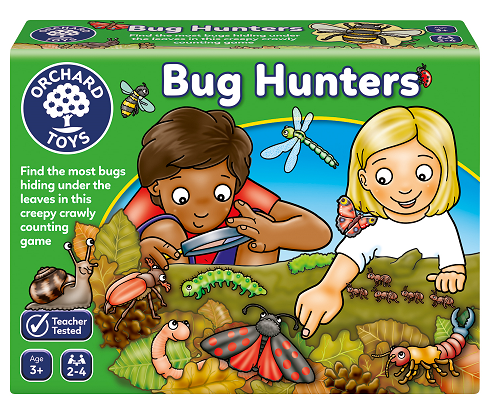We have partnered with children’s game expert Orchard Toys to discuss bug hunting! One of their new games launched this year is called ‘Bug Hunters’ and it inspired us to share some great tips on how to search for insects in the great outdoors and what to look for. You might even make friends with a bug at the end of your hunt!
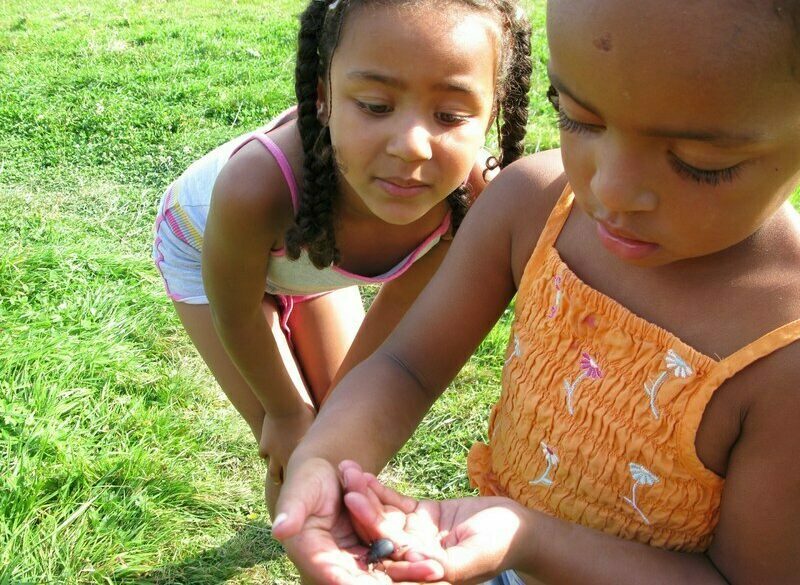
Types of bugs
Bugs, mini-beasts, invertebrates, critters – there’s a whole host of names attributed to the millions of insects that can be found all over the world. They are most commonly split into 6 categories; beetles, wasps, bugs, flies, butterflies & moths, and crickets.
You can discover more about different types of insects using the fact file included in the game. There's an easy way to keep track of which bugs you find using the bug checklist in the Bug Hunters game – it’s wipe clean so you can take it out with you and use it over and over again! From bees to earwigs, worms to water boatman, there’s 24 different bugs for you to search for!
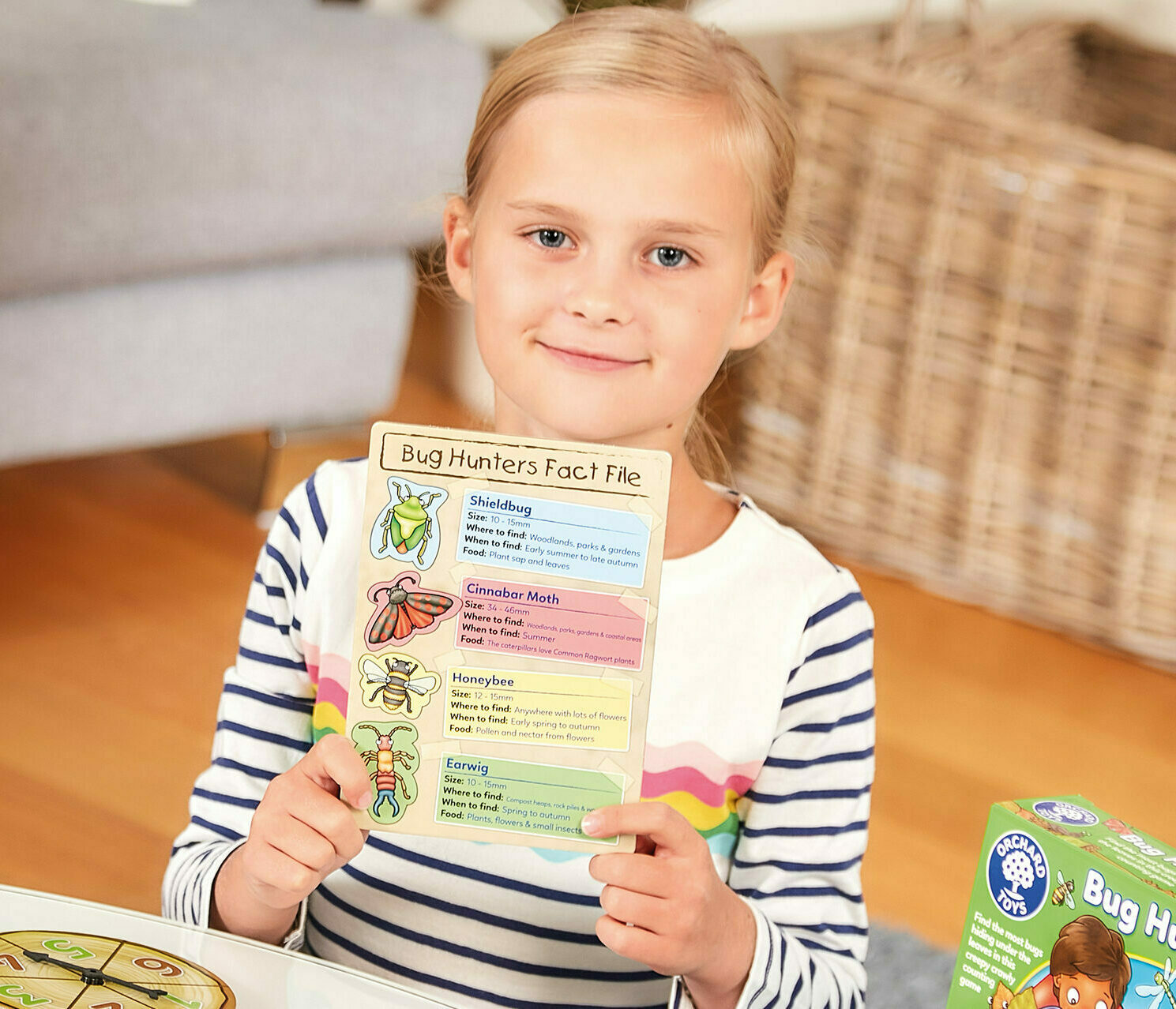
Where to find bugs
Did you know that 80 per cent of all creatures on earth are insects?
That means there’s likely to be some close to where you live, and of course across all of our Feather Down farms.
Different bugs prefer different living conditions, you may even have some in your home like spiders! You might find earwigs or woodlouse under dark, damp logs and stones, so lift them up and take a look. Other insects live on water so look out for pond skaters or water boatman next time you are near a pond or lake. Enjoy searching for butterflies, caterpillars and ladybirds on colourful flowers and green leaves. The best places to find most bugs are in natural environments, so Feather Down farms are the perfect locations for finding lots of different insects.
When to go bug hunting
You can go bug hunting all-year around, although many bugs hide away in warmer places during the cold winter so may not be as easy to find. In spring, you might discover more honeybees and shieldbugs whereas in autumn, it’s more common to find spiders, earwigs and moths.
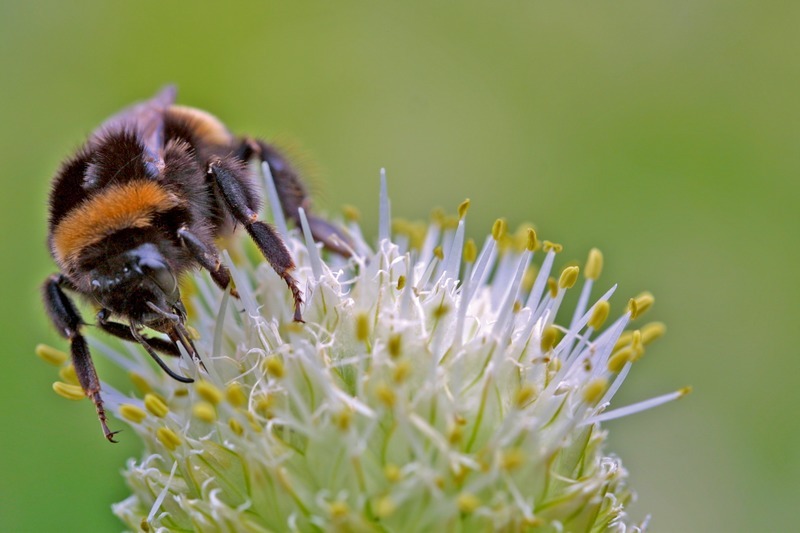
Equipment needed
None! You don’t need any special equipment to go bug hunting but you may find using a few items makes it easier to find or see bugs up close. Remember they are living creatures so treat them with care and always release them back to where you found them.
A clear cup, bottle or container – you can very gently scoop insects into a container in order to keep them in one place while you take a look at them – how many legs do they have? Do they have a shell on their body?
Magnifying glass – this will help you take a closer look at the insect, especially if they are small like an earwig or woodlouse.
Small paintbrush – this may help you to carefully m
ove a bug into your bottle or container without needing to touch the insect directly. Be careful, some insects can be pretty fast!
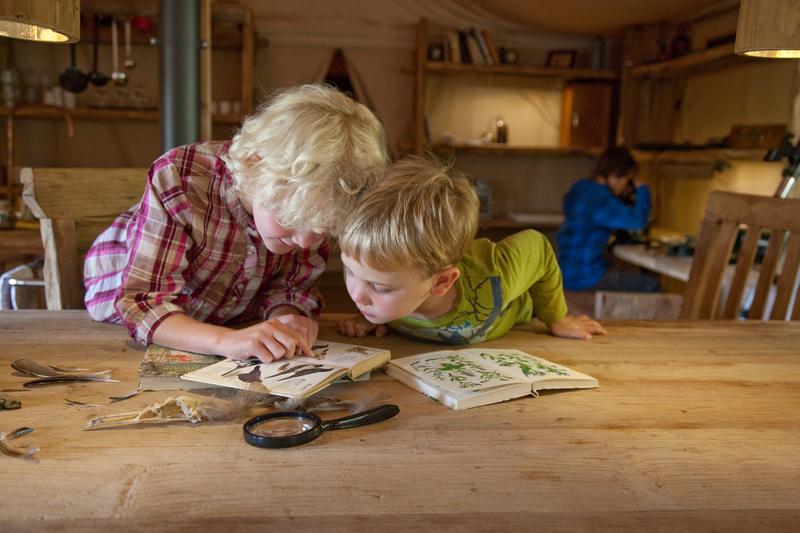
We’ve really enjoyed playing Bug Hunters here at Featherdown, it’s great because unlike many other games, everyone gets to take their turn at the same time and it’s a really fun game, we even learnt a thing or two about bugs.
Want to continue the bug fun? Find out more about their bug hunting game here. There’s even some free bug activity sheets available from Orchard Toys – a perfect activity for young children no matter what the weather!
Enjoy your bug hunting adventure during your farm stay and discover more about some of the most fascinating creatures on the planet.
